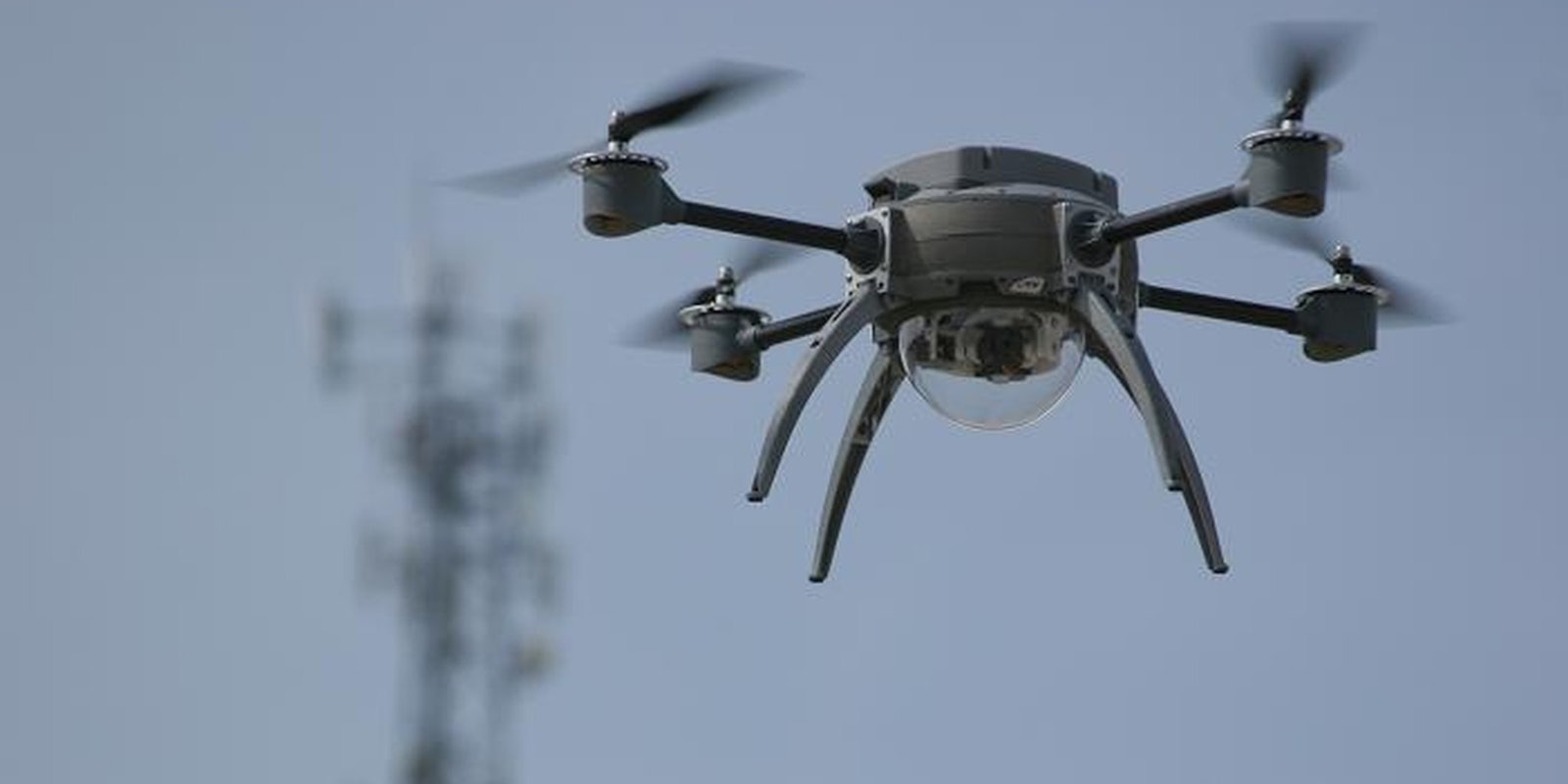Last month, Sen. Rand Paul (R-Ky.) threatened to use a shotgun to shoot down any meddlesome drones that popped up over his house, presumably so no one would capture secret video of the prospective 2016 presidential candidate in the strutting around in his Atlas Shrugged boxer shorts. Since the law is still a little vague on precisely how much of the airspace over your home you’re able to use your Second Amendment rights to defend, allow us to suggest a similar way of turning your property into a no drone zone.
The solution is called No Fly Zone. It’s a free service that claims to allow people to enter in their address to stop people from flying their drones over their property. Drones loaded with No Fly Zone software will be automatically unable to fly over the homes of people who register with the site, according to No Fly Zone.
As a post on the No Fly Zone website explains:
“While the FAA and other similar regulatory agencies around the world struggle with implementing rules about drones, drone manufacturers and operators want to take a proactive step to self-regulate and deliver quality products and services while minimizing negative consequences. Many people are concerned about their privacy and safety. NoFlyZone.org offers these people a method to control the airspace above their property and to prevent drones from flying over. Our service physically prevents drones from flying over opted-out property by including those areas in the drone’s no-fly database.”
A lot about how No Fly Zone is implemented is left up to the individual drone manufacturers. For example, the service doesn’t specify precisely how much area around a given property is blocked off. Instead, it simply provides a single point on the map, along with information about the “corners” of the property; it leaves the question of precisely how much acreage to cross off their drones’ potential flightpaths up to the manufacturers.
This potential for variance could easily cause problems. For example, your neighbor could enter his or her property into No Fly Zone and the spillover could stop you from flying your own drone own property. No Fly Zone allows people to contact them and a section off restricted airspace, but they need to provide proof of residence such as a lease agreement or a utility bill.
The ability to rescind blockages is especially important because No Fly Zone allows anyone to add any address to the list with no formal verification process. I didn’t have to show any proof of residency to register my parents’ house in the San Francisco Bay Area. If my younger brother was a drone enthusiast, registering where he lived would have been a pretty awesome prank. But it’s easy to see how this service could quickly become a huge problem.
Entering your address into the site does not guarantee no drones will every fly over your property until the end of time. The site’s Terms of Service explains that not all drone operators and manufacturers will necessarily agree to opt into the program because doing so is entirely voluntary. It also isn’t guaranteed that all of the ones that do participate will load their machines with the most recent version of the database. All No Fly Zone can do is put the information out there about who wants some privacy and hope for the best.
While the FAA has spent the better part of a decade working on putting out an official set of rules about drone operations, the current regulatory regime allows hobbyists to use drones for non-commercial purposes as long as they obey a set of best practices. Those rules include a long list of locations where it’s illegal to fly drones, ranging from the areas surrounding commercial airports and military bases to national parks and basically the entire city of Washington, D.C.—thanks to a temporary ban imposed after 9/11 but never lifted.
No Fly Zone’s software also comes with these prohibited locations already loaded in. If the drunk, off-duty federal employee who accidentally crashed a drone onto the White House lawn last month was running No Fly Zone’s software, the incident likely could have been avoided.
When it comes to private property, where the law stands is a little murkier. In the early 1940s, a North Carolina farmer attempted to stop airplanes coming and going from a nearby airport from flying over his property. The noise from the planes was scaring the chickens so much they were literally dying of fright. The location became completely unusable for farming chickens. The case went all the way up to the Supreme Court, which ruled that “the air above the minimum safe altitude of flight … is a public highway and part of the public domain.” Sorry, chicken farmer.
As such, a person’s private property rights don’t necessarily extend far into the air. However, since drones can safely fly significantly lower than a 1940s aircraft, the question is still somewhat open because the court has yet to revisit the issue for the drone age.
There are presently a handful of drone companies participating in No Fly Zone, including HEXO+, Ehang, and YUNEEC. As Next Web notes major done makers DJI and 3D Robotics haven’t signed up.
H/T TechCrunch | Photo by Dkroetsch/Wikimedia Commons (public domain)


